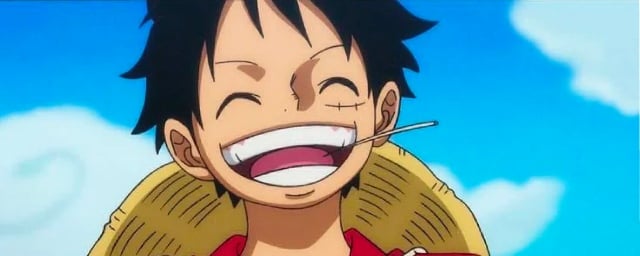This article is a declaration of love to the One Piece anime and proof that it is never too late to embark on a long work of more than 1000 episodes.
One Piece. A monument of Japanese animation, just like Dragon Ball Z or Naruto. This manga launched in 1997 by the young author Eiichiro Oda is still being published. As I write these lines, there are 107 volumes (and counting). This shows the popularity of the work.
In 1999, Toei Animation brought the adventures of Luffy and his crew to the screen. In 2021, the milestone of the 1000th episode has been exceeded. And neither Shueisha (which publishes the chapters), nor Oda nor the animators intend to stop there.
From Netflix series to animated series
When Netflix puts its live action adaptation online in August 2023, it’s a little favorite. I am hooked by the universe, rich and promising, the actors who are hardcore fans, and the project in general which totally captivates me. Curious to find out what happens next, and without wanting to wait two years for season 2, I decided to try the anime. Without knowing that this adventure would last for many months and that it would make me go through all the emotions.
More than 1000 episodes, approximately 20 minutes long, that’s a lot. Even if we remove the fillers (those which serve to “fill”, to prevent the anime from catching up with the manga), there is still a lot to watch. You also have to be open-minded: the quality of animation in 1999 is not the same as that of today. It’s not always nice to see but believe me, you get used to it very quickly and it evolves over the “seasons”.
This is also the reason why Netflix is currently working on a new iteration of the anime, currently titled The One Piece, with more modern design features.
toei
Rare wealth and intelligence
One Piece is divided by saga (there are 11 at the moment) then by arc within. Each saga has its setting, its flavor, its atmosphere: from the desert expanses of Alabasta (which we will see in season 2 of the Netflix series) to the ghosts of the horrific Thriller Bark via the country of Wano which is a love letter to Japanese culture. Eiichiro Oda draws his inspiration from different folklores (Spanish, Italian, French, etc.). It offers us a highly referenced work, both for manga fans and for neophytes like me.
I was rarely bored watching One Piece. I only criticized it for the repetitiveness of certain flashbacks (but nothing that a little fast forward cannot correct), the duration of certain fights and the structures that are too similar from one saga to another. But there is always an episode, a scene or a character that comes to grab me, without me expecting it.
This comes from the rigor of its author (and more generally of Japanese mangaka) who knows where he is going and who applies himself, week after week, despite his fatigue. A detail that was drawn in the first chapters of the manga can take on its full meaning years later.

toei
Oda takes his time but disseminates clues along the way that generate multiple theories over twenty years. His patience is such that a major antagonist (or even the main one?) is only introduced in episode 885?!!
Another example: we have to wait until the 1071st to discover what Luffy’s power really is and what his role is in the universe. Revelations and other twists and turns are the salt of One Piece. And what a foot! Yes, you have to be patient to get these few snippets of answers, but the journey is worth it.
An emotional roller coaster
I laughed, laughed a lot, while watching One Piece. It’s not something I had imagined when I started the anime: the stupidity of its hero, the derision of its author, the situational comedy and repetition (which I love).
But I was also very moved. One Piece is not just the story of a young boy who wants to become the Pirate King by getting his hands on a legendary treasure. The manga and the anime mainly talk about dreams, the will we put into achieving them, freedom (especially against the oppressor), but also racism as in the arc with the fishmen.
The diversity of the characters portrayed and the author’s desire to highlight all facets of the human being (to the point of creating a brilliant country with only transvestites) make it an international and intergenerational work.
Besides, Oda is not the type of author who kills his characters gratuitously. It even happened quite rarely (and it’s always very great moments), because he prefers to let the protagonists live their dream. An approach that particularly touches me, at a time of sensationalism and buzz to bring a work into existence.

toei
Resolutely political, deeply human
One Piece is also a resolutely political, deeply human and invigorating work. Oda imagined a hero whose broad smile is not insignificant. He is the one who brings joy into the world. Each of his adventures, each of his victories and even his defeats are good for the heart: we see him get up to protect his friends, again and again. It’s the perfect series to watch when you’re feeling sluggish or want to take refuge in a world that makes you feel good.
There is so much to say about One Piece that a single article wouldn’t be enough. I’ve had some epic moments in six months. And what is certain is that in my life as a series fan I will never relive such an adventure.
The One Piece anime is available in its entirety on the ADN and Crunchyroll platforms. The first two sagas are visible on Prime Video. Netflix offers the latest arc on a weekly basis.
